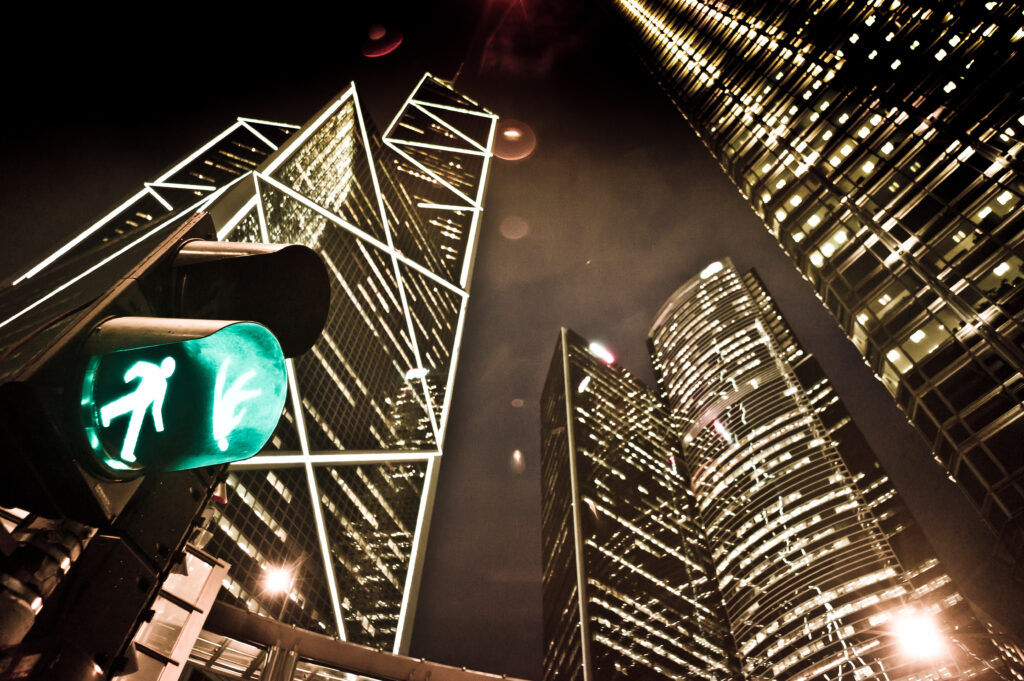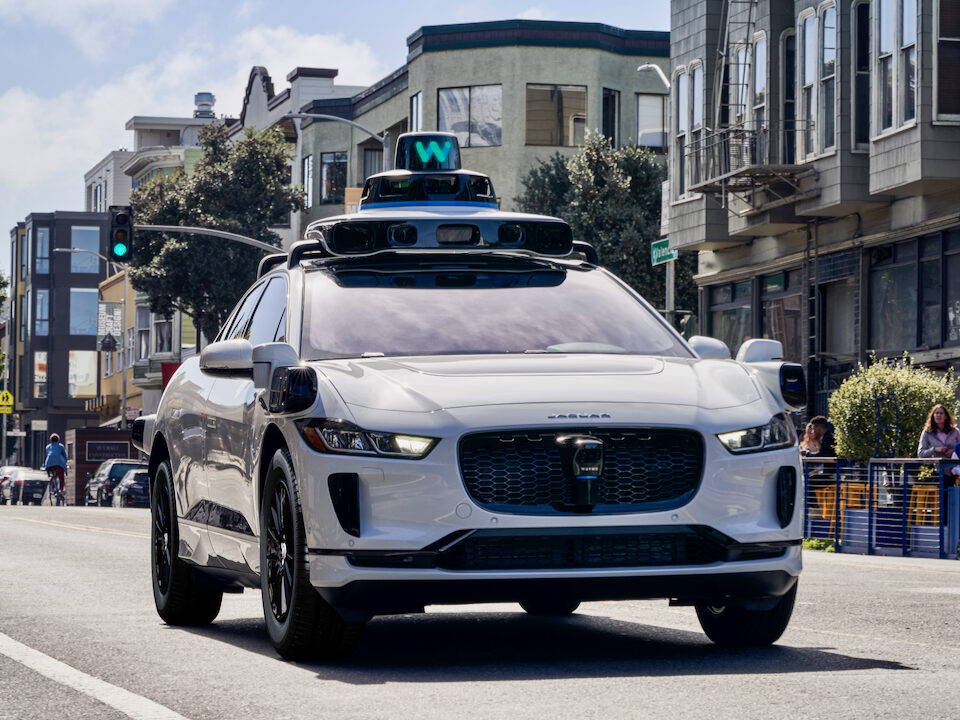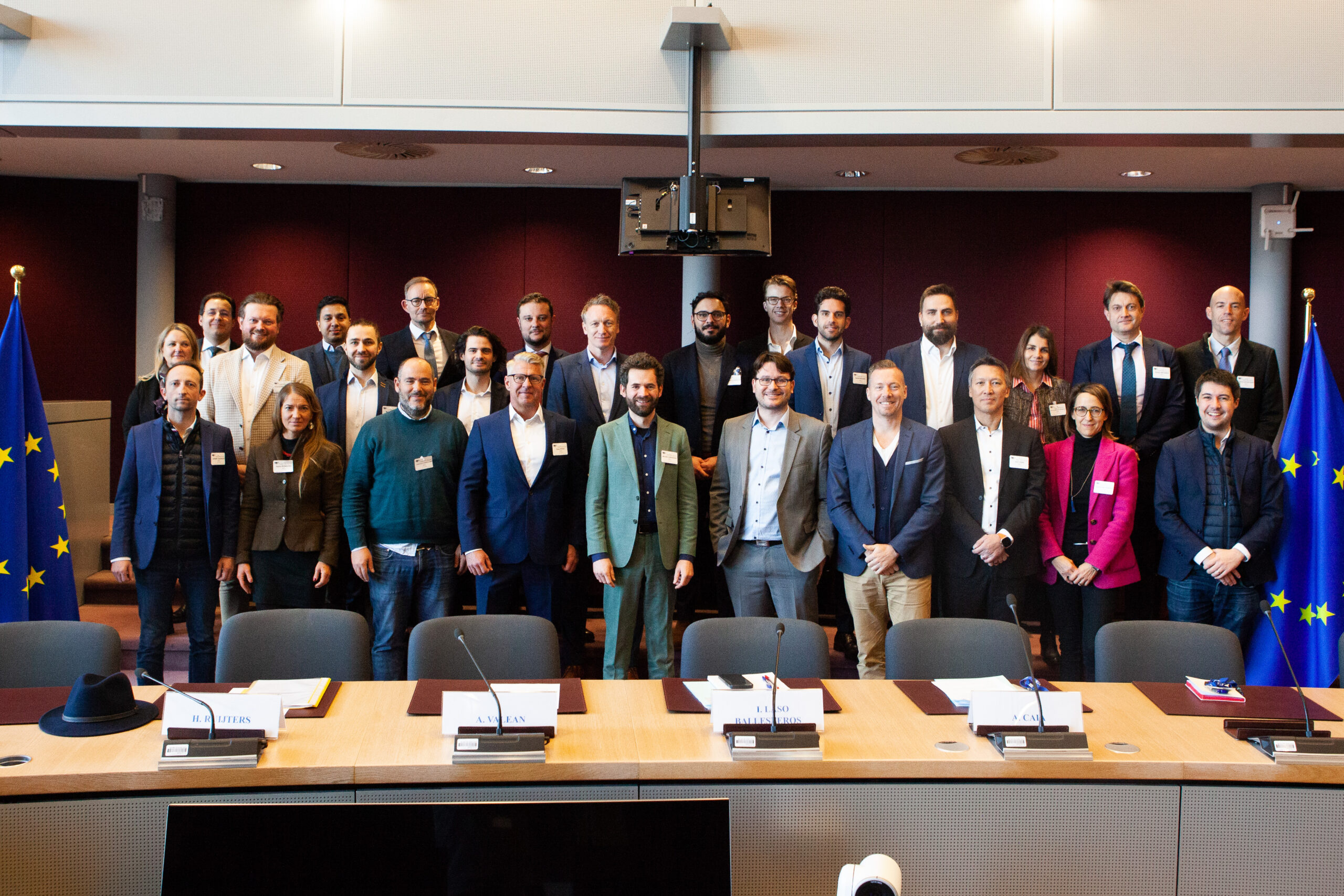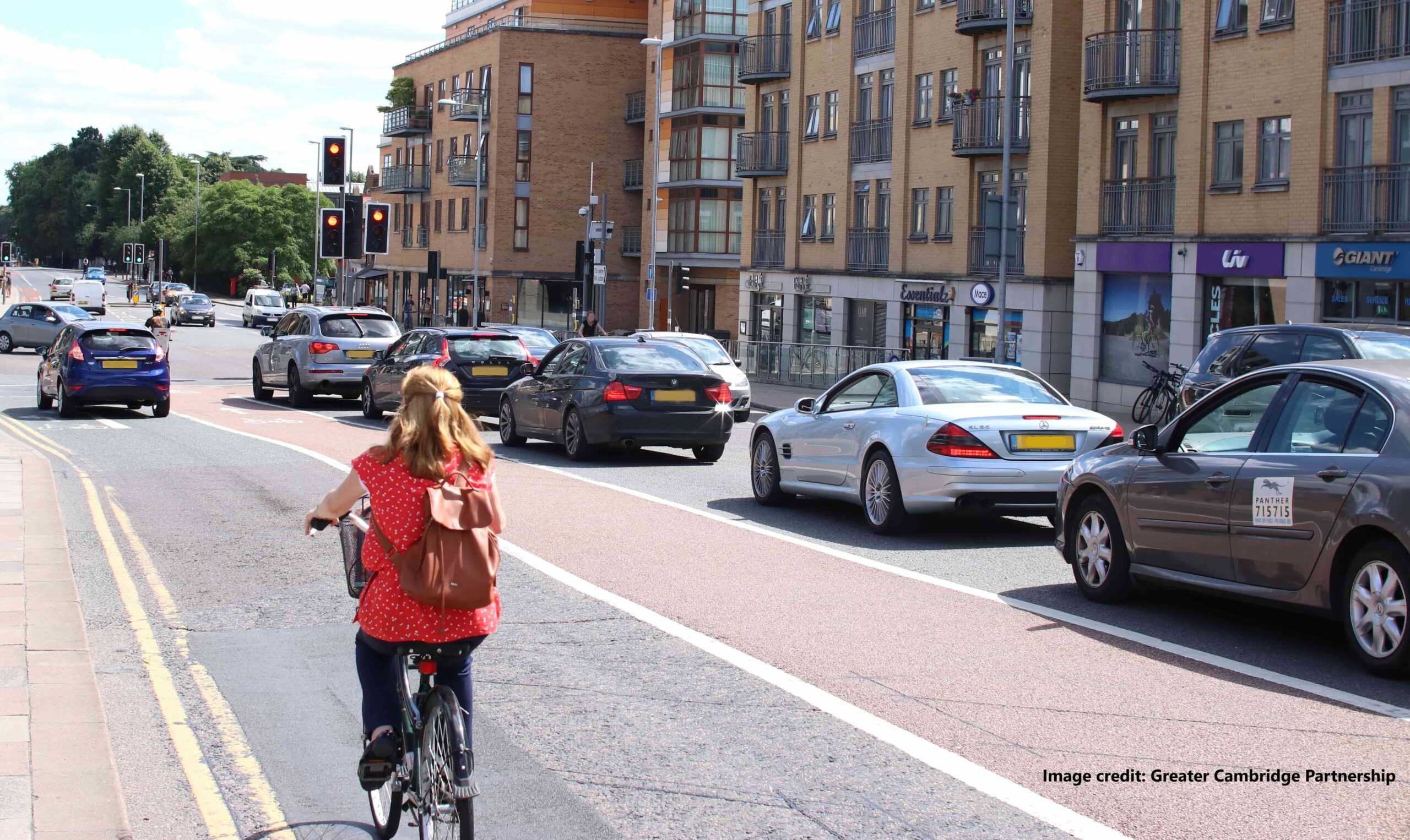‘Green Person Authority’: Pedestrian Priority Introduced as Part of London’s Drive to Be the World’s Most Walkable City
- 18 pedestrian crossings to have pioneering ‘Green Person Authority’ technology, prioritising people walking over cars
TfL has announced that 18 pedestrian crossings that are programmed to show a continuous ‘green person’ signal until traffic approaches are being introduced to prioritise people walking. These will be in place by the end of June and will help make the capital’s transport network even more sustainable and support a green recovery from the coronavirus pandemic.

‘Green Person Authority’ traffic signals are being introduced across the capital, which are configured to show a green signal to pedestrians continuously. The signals show this green light until a vehicle is detected, making it easier for people to cross the road, enabling more journeys on foot.
‘Green Person Authority’ has now been delivered at seven locations in Tower Hamlets, Newham, Hounslow, Richmond and Hillingdon* and will be installed at a further 11 locations over the coming weeks.**
London's Walking and Cycling Commissioner, Will Norman, said:Walking has so many benefits - it doesn't just enable us to get from A to B, but also improves our mental and physical health.
We know that safety is a key concern for people walking around London, and giving pedestrians priority is a powerful way of putting them first and making it easier to cross London's roads.
By combining this with creating extra pavement space and ensuring roadworks are carried out in a way that doesn't disrupt Londoners, we will make our city the world's most walkable and eradicate collisions on our streets.
The number of journeys made on foot has hugely increased throughout the pandemic, with TfL data*** from earlier this year showing that 31% of Londoners say they are walking to places where they used to travel by a different mode, and 57% say they now go on more walks for exercise or walk for longer than they did before.
At one point last year, the number of journeys made on foot increased from 35% of journeys to almost 50%. The new traffic signals will further enable people to travel around the capital this way.
A number of factors have influenced the signal locations, including high pedestrian flow, proximity to pedestrian destinations such as shopping centres, stations and schools, and suitability of existing technology. TfL continues to identify new locations where ‘Green Person Authority’ crossings can be introduced, with the aim of increasing their number over the coming years.
Lane Rental Scheme
TfL has also recently extended its Lane Rental scheme to charge for roadworks on 20 of the capital’s footways. TfL has introduced a charge of £350 per day for works that impact on the busiest areas of pavement in the capital, to minimise disruption to people walking.
People walking, particularly those with accessibility needs, can be badly impacted by pavements being dug up, especially at the busiest times. The Lane Rental scheme allows TfL to charge utility companies and infrastructure providers a daily fee for digging up the busiest sections of London’s roads at the busiest times.
This encourages companies to plan their works outside of the most sensitive times. All money raised from the scheme is then reinvested in initiatives and innovations designed to reduce the congestion and disruption caused by roadworks across the capital.
TfL's Head of Network Performance, Nick Owen, said:We know that walking is a brilliant way for people to make local journeys, boosting activity levels while cutting the number of car trips and the associated congestion and pollution they can cause.
We're determined to make it easier for people to cross the road and to give people the space they need to walk safely, and these initiatives will make a difference in enabling more people to access local high streets, shops and other businesses in a sustainable way.
From March 2020 onwards, TfL worked closely with boroughs across London to deliver around 22,500 sqm of extra pavement space across the capital. The pavements were widened, either using barriers or temporary pavement buildouts, to give people more space to walk and socially distance as part of TfL’s emergency response to the coronavirus pandemic.
Greater space on footways make it easier for walking, especially for disabled people. TfL research shows that on average people who regularly walk to the high street spend up to 29 per cent more than people who drive.
World’s Most Walkable City
The Mayor and TfL remain committed to their vision of making London the world’s most walkable city, as set out in their Walking Action Plan. Walking has a huge number of benefits for Londoners’ health and the environment, particularly when people are empowered to swap car journeys for journeys on foot.
TfL continues to work with boroughs across London to deliver School Streets, which reduce traffic on residential streets outside schools, enabling more people to walk and cycle safely as part of their daily routine.
More than 300 schemes have been delivered so far and studies published in March showed that they can reduce nitrogen dioxide by up to 23% during morning drop off times, with 81% of parents and carers supporting the measures at their children’s school.
Chief Executive, Living Streets, Mary Creagh, said:Everybody should be able to cross the road safely, directly and without delay. Putting pedestrians first at crossings will make streets safer for everyone.
This exciting initiative to switch to a default green person gives power back to pedestrians, helping them move around more easily, safely and quickly.
Changes such as these are vital for reducing road danger, particularly on minor roads, which studies suggest pose a significantly greater risk of injury for people walking than urban main roads for each mile driven.
While the number of people killed or seriously injured on London’s roads has decreased over time, slight injuries, which can severely impact people’s confidence to walk for local journeys, have increased on local roads in recent years.****
Sadly provisional data shows that 11 people have died this year while walking around the capital following collisions with vehicles and 45 people tragically died in 2020. TfL will continue to work with the boroughs to make changes to roads to cut road danger and give people the confidence they can walk safely.
With genuine commitment and action by everyone who has a role to play, TfL hopes to move ever closer to Vision Zero – eliminating death and serious injury from collisions on London’s streets.
TfL’s world-first Direct Vision Standard lorry safety scheme is a central part of this, now in operation 24/7 across all the capital’s roads. In order to operate in London, vehicles over 12 tonnes must have a free DVS permit which assigns a star rating from zero (poor) to five (excellent) based on how much the driver can see directly through their cab windows.
All zero-star vehicles are now banned unless a series of Safe System measures have been installed. This will save lives and improve road safety by reducing lethal HGV blindspots.
In addition, TfL is rolling out 20mph speed limits on its roads, encouraging safer driving through campaigns and education programmes and transforming roads and junctions to make it safer for people to walk and cycle.
* ‘Green Person Authority’ is in place at seven locations across London:
- 1. Two crossings on Devons Road by Devons Road DLR station in Tower Hamlets
- 2. Prince Regent Lane by Alnwick Road – LB Newham
- 3. Heston Road by Hogarth Gardens – LB Hounslow
- 4. Queens Road by Queens Crescent – LB Richmond
- 5. The Greenway by Merryfields – LB Hillingdon
- 6. Castelnau by Newport Road – LB Richmond
**Green Person Authority’ will be installed at a further 11 locations by the end of June:
- 1. London Road by James Street – Barking and Dagenham
- 2. Gale Street by Becontree Station – Barking and Dagenham
- 3. Bishopsgate by Great St Helens – City of London
- 4. Long Lane by West Smithfield – City of London
- 5. Woodcote Grove Road by Smitham Downs Road – Croydon
- 6. Kingston Road by Rothesay Avenue – Merton
- 7. Red Lion Street by Church Terrace – Richmond Upon Thames
- 8. St Georges Way by Ebley Close – Southwark
- 9. Wrythe Lane by Muschamp Road – Sutton
- 10. Green Wrythe Lane by Aultone Way – Sutton
- 11. Cavendish Square by Henrietta Place – Westminster
***TfL’s Travel in London Report 13, page 39 https://content.tfl.gov.uk/travel-in-london-report-13.pdf
****TfL’s Travel in London Report 13, page 205 https://content.tfl.gov.uk/travel-in-london-report-13.pdf
This article was originally published by TfL.













